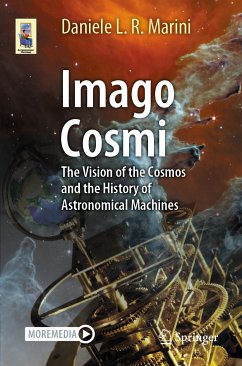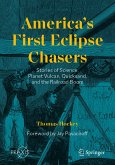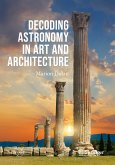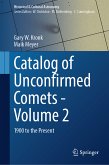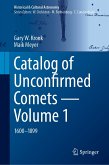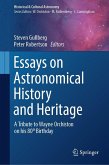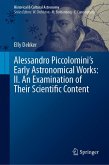Special attention is given to the instruments used by ancient astronomers, including the most important astronomical clocks and planetary machines. In light of this, the author examines Kepler's almost unknown design of a planetary machine and offers an interpretation using virtual reality techniques.
The book also highlights the Chinese view of the Cosmos and the evolution of its astronomy and astronomical machines, offering readers a unique perspective and insight into the relationship between astronomy and technology in different cultures.
Finally, the author provides a practical approach to understanding the construction and mechanics of astronomical machines, exploring the process of designing and manufacturing a Tellurium.
The reading is enriched with short videos of the Tellurium, along with a translation of the description of the planetary machine by Christian Huygens. In addition, it provides a unique glimpse into the religious influences on astronomical studies during the mid-1700s through the translation of Johann Albrecht Bengel's book Cyclus.
This book is a must-read for anyone interested in the history of science and technology. It appeals to astronomers, mathematicians, physicists, and historians of science and technology alike, providing fascinating descriptions and insightful analysis of the vision of the Cosmos from its earliest conceptions to the present day.
Dieser Download kann aus rechtlichen Gründen nur mit Rechnungsadresse in A, B, BG, CY, CZ, D, DK, EW, E, FIN, F, GR, HR, H, IRL, I, LT, L, LR, M, NL, PL, P, R, S, SLO, SK ausgeliefert werden.

